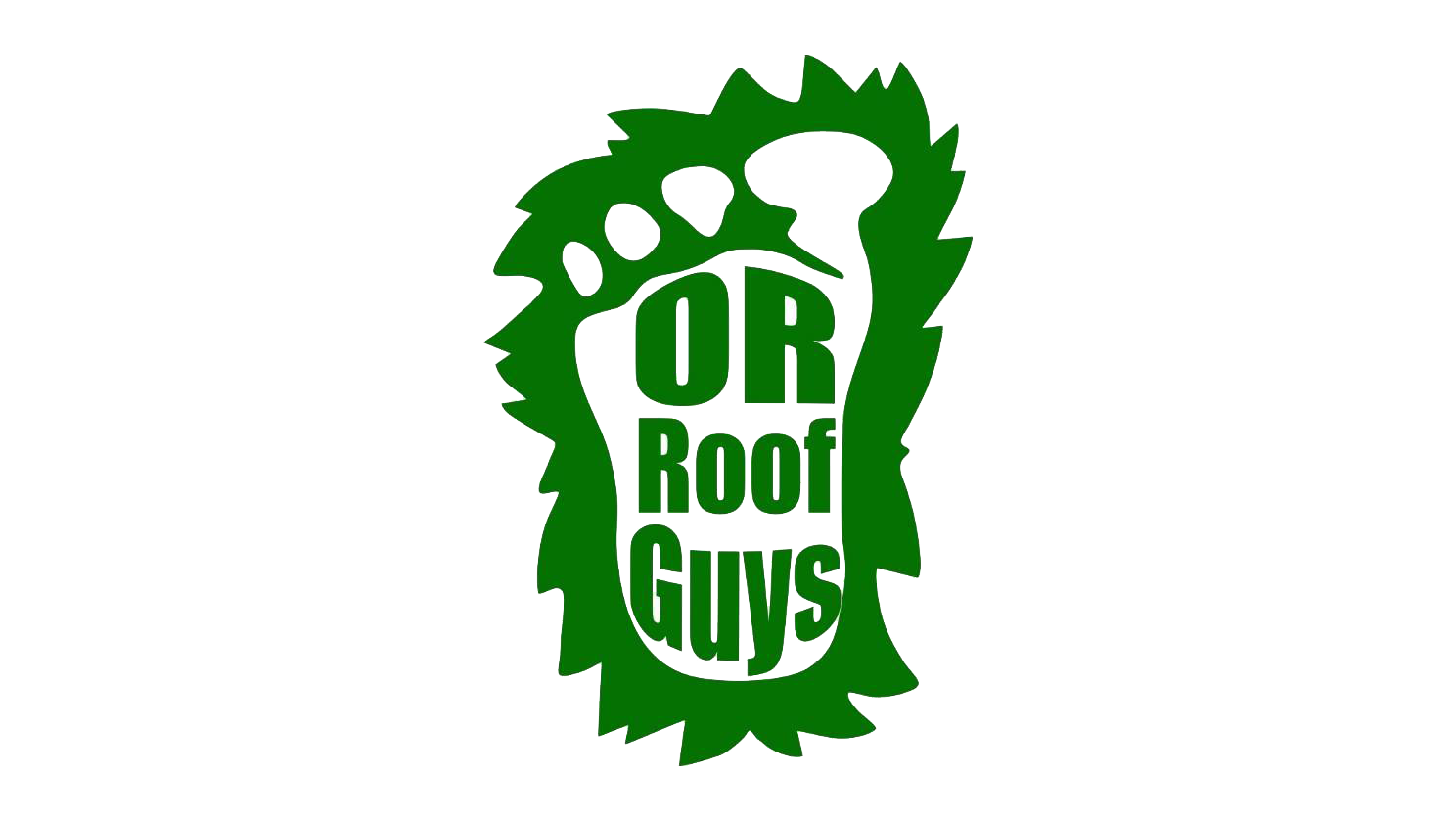🏠 At Oregon Roof Guys, we’re passionate about transforming homes and ensuring the highest quality of roofing craftsmanship. Recently, our dedicated team completed a roof replacement project in Springfield, leaving another happy homeowner with a roof that will stand the test of time. This particular project involved intricate planning and flawless execution to address the unique needs of the property. As a trusted roofing company for Springfield, we’re committed to delivering unparalleled results and enhancing the aesthetic and functionality of each home we work on.
🔧 The Springfield project was particularly rewarding as our team faced and overcame several challenges, including addressing underlying structural issues. Our expert local roofers meticulously inspected the existing roof to diagnose potential problems that could affect the longevity of the new installation. After a thorough assessment, we carried out the roof replacement, ensuring every aspect was carefully handled, from selecting high-quality materials to adhering to industry best practices. The result was a durable and aesthetically pleasing roof that seamlessly blended with the existing structure.
🌞 The long-term benefits of a roof replacement are numerous and vital. For the Springfield property we worked on, the upgraded roofing system now provides enhanced energy efficiency, reducing overall energy costs for the homeowner. The new roof also offers superior protection against the elements, ensuring the home remains safe and secure through all seasons. Additionally, a professionally replaced roof can significantly boost the property’s curb appeal and market value, making it a wise investment for homeowners.
🌳 Beyond the immediate improvements, choosing a reliable roofing company for Springfield like Oregon Roof Guys ensures peace of mind, knowing that the work carried out by our skilled local roofers is backed by years of experience and a commitment to excellence. Every project we undertake reflects our core principles of integrity, professionalism, and customer satisfaction. We take pride in being the go-to solution for all roofing needs in the community, from routine maintenance to complex replacements.


